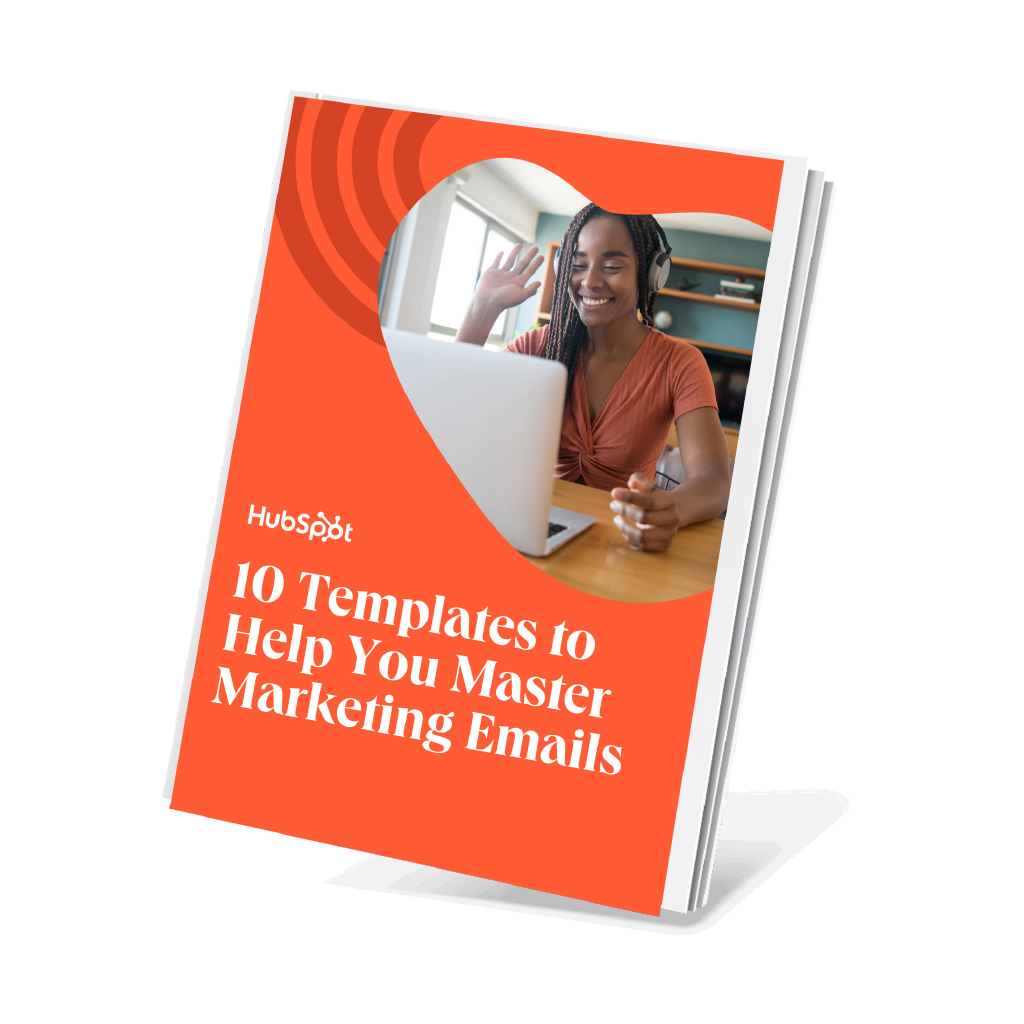Introduction
Traditional marketing begins with business objectives and develops marketing campaigns to deliver results. Outcome-based marketing starts with customer outcomes – defining what the customer is trying to achieve, designing customer experiences around those outcomes, and achieving business outcomes as a result of delighting customers. Traditional marketing tends to be short-term focused; Outcome-based marketing tends to be longer-term focused.

Outcome-based marketing is entirely consistent with the first value of the Agile Marketing Manifesto: Focusing on customer value and business outcomes over activity and outputs. It is also necessary to deploy the third value of the Manifesto, Learning through experiments and data over opinions and conventions, to determine if you are successfully delighting customers and achieving the desirable business outcomes.
Marketers practicing outcome-based marketing are more likely to achieve meaningful long-term business outcomes like higher customer retention rates, better word-of-mouth, and improved brand reputation.
Short-term results like leads or click-through rates are not the sole measures of success. Results are not the same thing as customer value and business outcomes. Customer value and long-term business outcomes are ultimately more important to the outcome-based marketer.
Understanding Outcome-Based Marketing
Let’s look at some examples of outcome-based marketing to understand it better.
B2C Example: Nike
Nike corporate headquarters has a conference room named after the Find Your Greatness Campaign. It is one of the most successful Nike campaigns of all time. Did it sell millions of Nike shoes? Undoubtedly. Did any individual ad have a short-term, identifiable Return on Marketing Investment (ROMI)? Maybe, maybe not. Outcome-based marketing sometimes results in better long-term business outcomes (customer retention rates, brand reputation) than short-term business outcomes (click-through rates).
Click on the image to watch a video of clips from the campaign.
The outcome couldn’t be more straightforward: greatness. And the message is for everyone: greatness isn’t just for athletes who won the genetic lottery. Nike began with the customer outcome and the campaign materials and the business outcomes followed.
B2B Example: HubSpot
HubSpot goes beyond merely selling a CRM; it aims to transform how businesses grow and engage with customers. They offer extensive educational material, promising to make you a better marketer.

HubSpot was one of the earliest adopters of Agile ways of working in marketing. Their marketing group continually solicits feedback and iterates on their offerings, ensuring the marketing materials evolve based on customer needs and challenges.
How to Start with Outcome-Based Marketing
There are three keys to success with Outcome-based marketing.
Understand Your Customer Deeply
Marketers practicing outcome-based marketing need to know their customers’ needs, pains, and desires and focus on delivering value to the customer.
Don’t assume that all of that value is based on product features and benefits. The Nike Air Force 1 sells for more than twice the price of the Adidas Postmove SE, a similar shoe. Is it twice as good as a shoe? No, but Nike understands the value their customers put on wearing the shoes worn by their favorite celebrity.
Apple’s Shot on iPhone campaign, which has been running for years, focuses on the outcome customers want: great photos.

Again, this applies to both B2C and B2B. Barracuda Networks understands precisely the outcomes their customers want to achieve: protecting their people, data, and reputation.

Set clear, measurable outcomes for both customers and the business
How do customers measure their success in using your products and services? If you’re someone like Barracuda Networks, your customers measure you by the percentage of phishing and network attacks you prevent. So Barracuda Networks needs to measure attacks prevented because you can be sure their customers are very aware when they fail to prevent an attack.
Too many organizations only set targets for their business outcomes. You can’t claim to be customer-centric unless you set clear, measurable outcomes from the point of view of your customer.
Use Agile methodologies to test, learn, and adapt
As an outcome-based marketer, you need to foster an experimental mindset. No matter how well you know your customer, you must test whether your attempts to highlight outcomes produce the behaviors you want to see from customers.
Customers may say they want one thing, but their behavior indicates that they value a different outcome. Their needs may change over time. Continuous feedback loops ensure that an organization becomes aware if their customers value a different outcome or if their needs change.
Conclusion
Outcome-based marketing defines the outcomes the customer is trying to achieve, delivers on those outcomes, and achieves business outcomes as a result of delighting customers.
Agile values and methodologies can help Outcome-Based marketers with this approach.
The three keys to Outcome-Based marketing success are knowing your customers, setting clear, measurable outcomes for both customer success and business success, and using Agile methodologies to test, learn, and adapt to change.
Content Authenticity Statement
An initial outline for this article was generated by Chat-GPT 4. The outline was modified and the content was generated by me, the human. Learn why this kind of disclosure is important.


